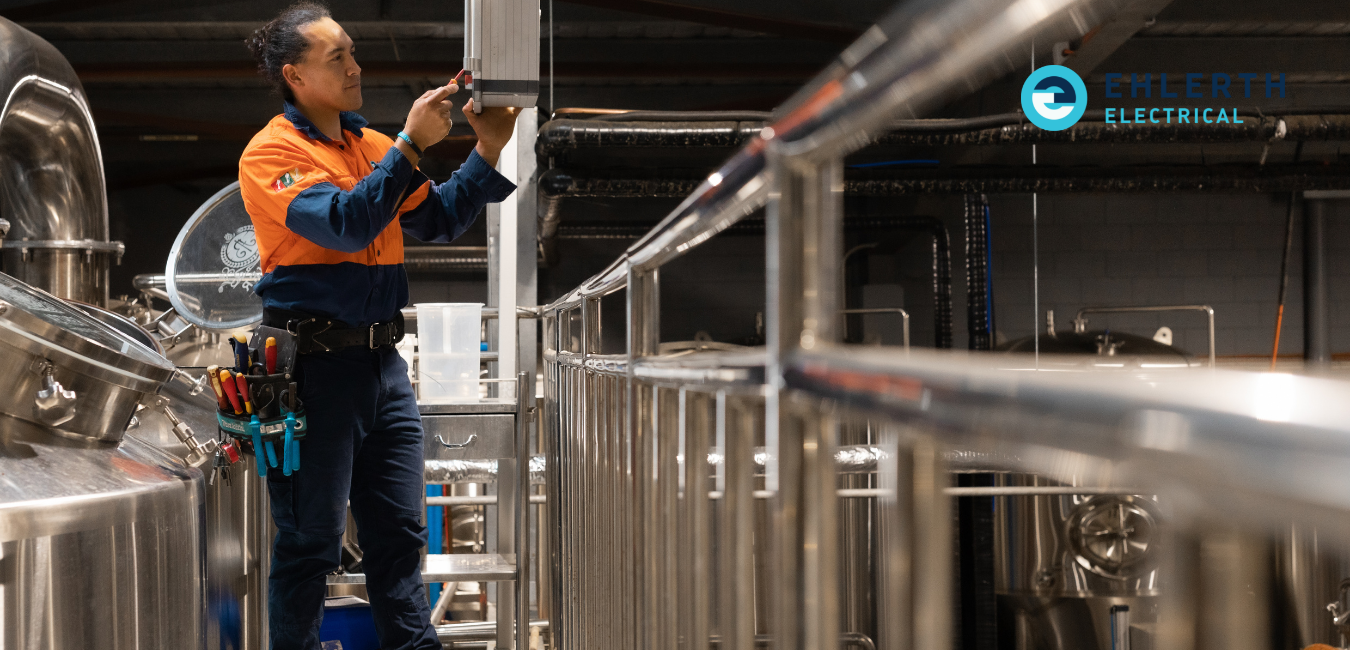The rising electricity prices, amongst other costs of living increases, are putting a lot of Australians under financial pressure.
Australian Energy Regulator released that from July 1, 2022, power bills in South East Queensland are expected to rise by up to $220 a year, or 12.6 per cent. And for the rest of the state, they are expected to increase by 9.2 per cent, or around $119 a year, as per the Queensland Competition Authority’s report.
But your energy consumption is controllable, and there are ways for you to soften the burden of these price increases.
Here are some ways you can save power and money on your electricity bill, including simple steps you can implement immediately.
1. Review your energy plan
When did you last review your energy plan? Now is the time to speak to your provider to determine how much they are increasing their prices and if you are on the right plan. If you’re unhappy with the outcome, shop around and compare providers. There are numerous comparison tools on the market, such as a free government service Energy Made Easy.
2. Use energy-efficient lighting
We highly recommend switching to energy-efficient LED light bulbs if you have old incandescent or halogen light bulbs. According to Energy Rating, switching from halogen bulbs to LEDs can save the average household $102 in yearly running costs! Other benefits include a long lifespan, no heat or UV emissions, low voltage operation and improved environmental performance, just to name a few!
3. Check your aircon use
Air-conditioners are big energy suckers, so use them wisely! To save money, we recommend to:
Avoid nighttime use - this is an easy way to eliminate 8 hours of your usage time and the money it costs to have it running all night.
Close it up - during summer, close your blinds and curtains to block direct sunlight, so your AC unit is not working overtime to cool the room. And in winter, close the doors to rooms you’re not trying to heat.
Fill the gaps - apply weather seals to doors, windows, and any other visible cracks to prevent warm or cool air from escaping.
Set the temp to 24° - the ideal temperature for optimal aircon performance.
Service it bi-annually - if you're noticing issues with your aircon, book a service!
4. Choose high-star energy rating appliances
Shopping for your appliances based on their energy rating can be advantageous for reducing your power bill, as they account for roughly 33% of your home's energy consumption! They might cost more but are worth it in the long run.
The Energy Rating Label shows your household appliances' energy performance based on ‘average usage'. It displays how much a model costs to run and how energy-efficient it is compared to similar models. The higher the star rating, the more energy-efficient! You should pay attention to the following high energy consumption appliances: air-conditioners, washing machines, clothes dryers, dishwashers, televisions, refrigerators, freezers and computer monitors.
5. Unplug or switch off at the wall
When you’re not using your energy-draining appliances like those mentioned above, especially when going away on holiday, unplug or switch them off at the wall. This will save you more energy and avoid overloading your circuit during peak times. If you find this hard to remember to do daily, then consider automated timers and sensors or a smart power board to stop standby electricity for you.
6. Check the appliance settings
You can save considerably by adjusting your appliance settings. Use an eco setting where possible, and check that appliances are not running at extreme hot/cold, high or bright settings, as this generally increases energy consumption. With washing machines, use a cold water cycle as much as possible, as a hot cycle can use up to 10 times more energy. With hot water systems, the federal government recommends setting the thermostat to 60 degrees celsius for storage hot water systems or no more than 50 degrees on instantaneous systems.
Contact our team today if you need assistance making your home more energy-efficient!









